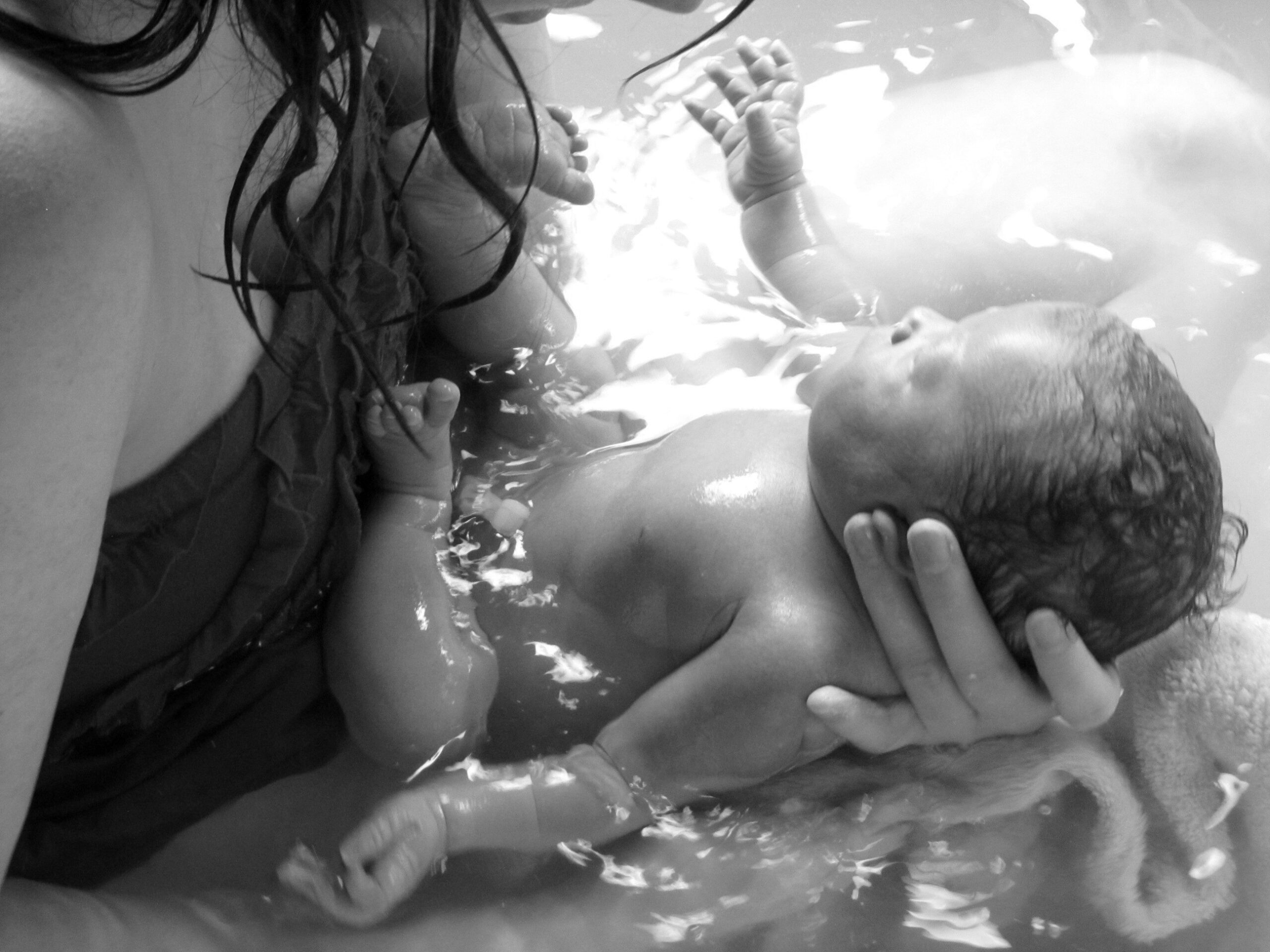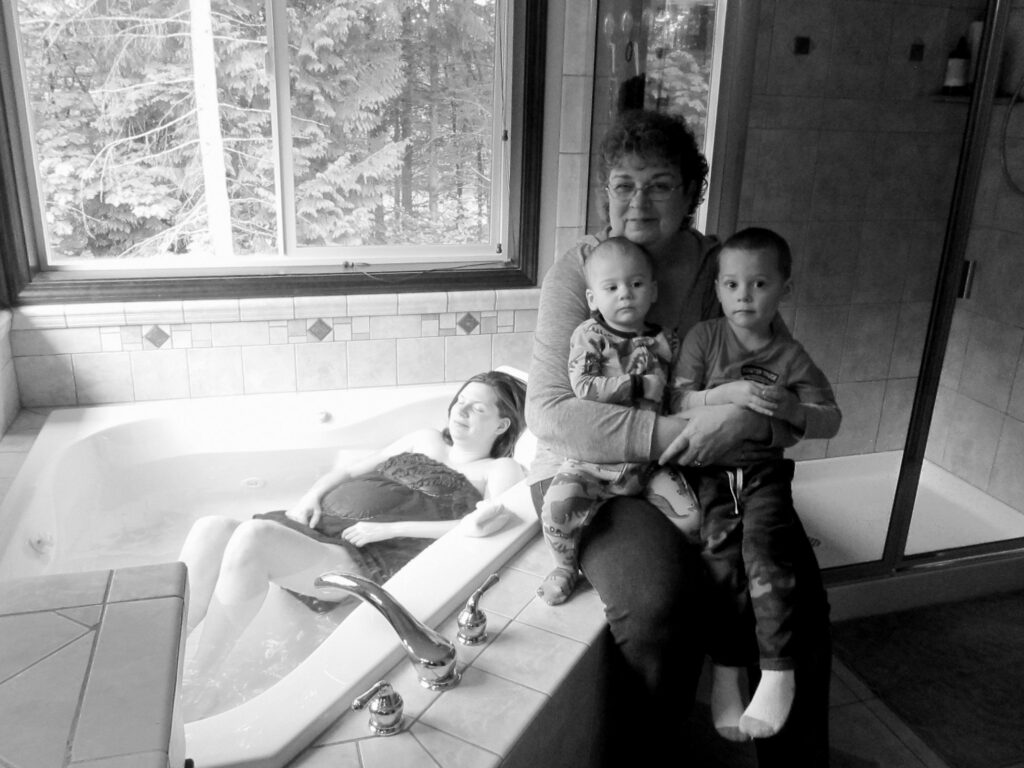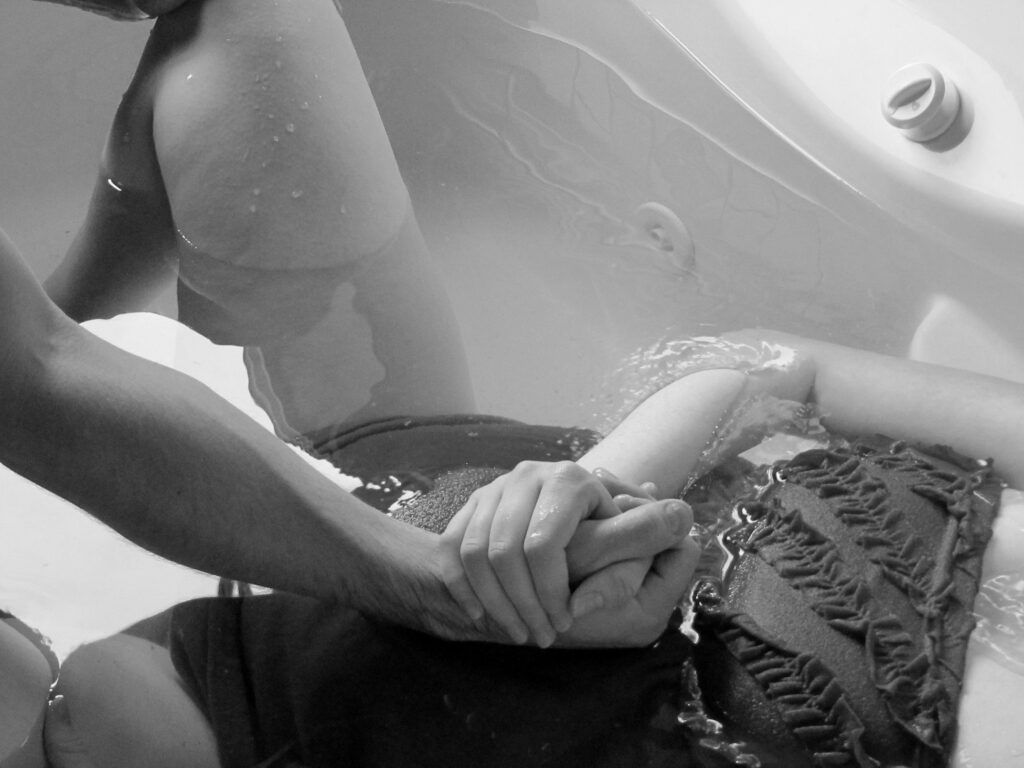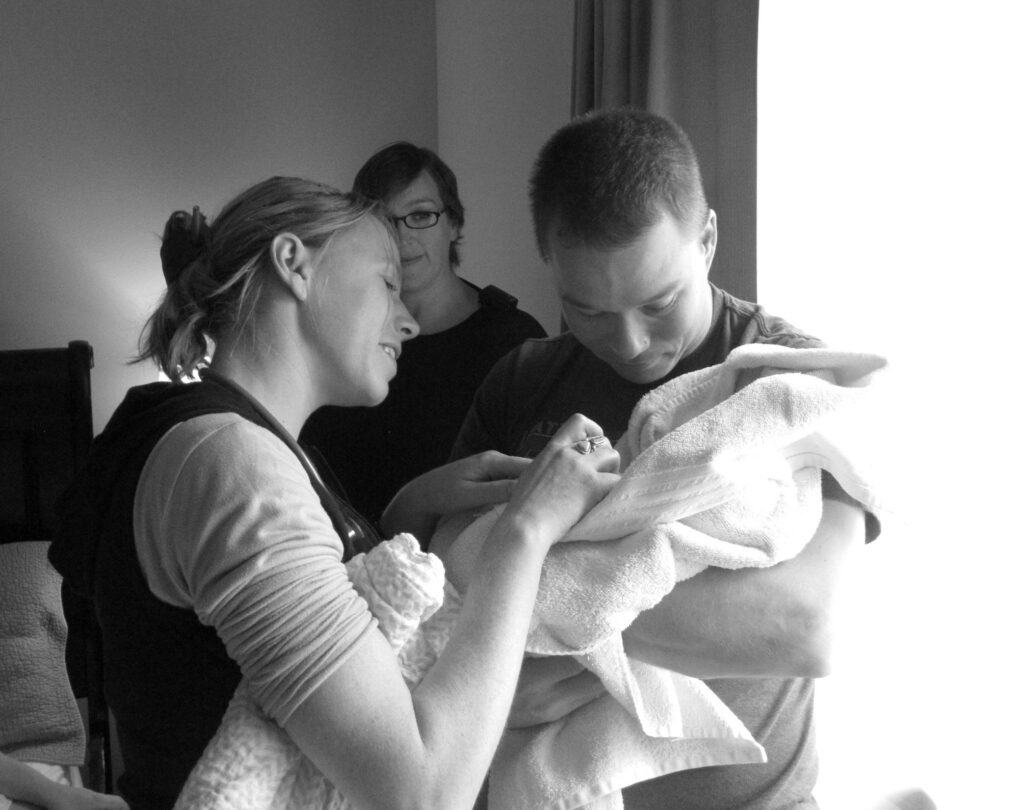Benefits & Risks of Water Birth
Water births are increasing in popularity and more and more pregnant women are seeking the alternative birth option. Despite the many benefits, only a small percentage of hospitals in the U.S. have adopted water births and are offering them to expecting mothers. Most water births are done in out-of-hospital settings at home or in free-standing birth centers.
Benefits
Physical and mental relief from pain
Relaxed environment and sense of privacy
Reduced muscle tension
More energy at the end of labor
Buoyancy, allowing the mother to move more freely
Increased circulation resulting in better oxygenation for the mother and baby
Lower blood pressure
Reduced anxiety and pain, by lowering stress-related hormone levels and breaking the Fear-Tension-Pain cycle
Reduced risk of 3rd and 4th degree tears
Lower risk of major postpartum hemorrhage
A warm, comfortable environment for the baby to be born into
Reduction in fetal distress
Easier cleanup after birth, and a nice clean baby to hold
Easy for mom to rinse off and feel clean after birth
Breastfeeding can be initiated right in the tub and allow for early bonding in the golden hour
Available in virtually all homes and birth centers
Risks & Cons
Water can be too hot or too cold (97 degrees F is ideal)
Dehydration if you’re not staying well hydrated (Drink water!)
May have additional costs to rent a birth pool
May require boiling water to fill the entire tub if you have a smaller water heater
Not an option for some women that have herpes, toxemia/preeclampsia, or some other health conditions.
Not an option if the baby is showing signs of fetal distress or if you’re expecting a preterm birth
Not an option in most hospitals
FAQ’s
Can my provider still monitor my baby in the tub?
In a home or birth center setting, yes! Midwives usually carry a waterproof fetal doppler and will have no problem monitoring your baby intermittently from the tub. If you use a tub in the hospital, you will be asked to get out they so they can hook external monitors to you.
What if I poop in the tub?
Poop happens! It usually means your baby is descending down the birth canal and almost ready to be born. If it does happen, it’s usually just a tiny bit and your midwife will fish it out with a small fishnet. Chances are you won’t even know it happened. If needed, the tub can also be drained and refilled, or cleaned easily.
Will my baby take a breath in the water?
Nope! While this is a “theoretical” risk, it isn’t seen in practice. Your baby doesn’t take a breath until they are exposed to air. This is one of the reasons we monitor the temperature of the tub. The water makes it a much easier transition for your baby. Additionally, your baby is still attached to the umbilical cord and receiving oxygen and blood through there. Once the baby is lifted out of the water, he or she will take their first breath.
Can someone get in the tub with me?
Of course! This is a great way for the family to bond. Some women allow their partners into the tub to catch the baby at the time of birth. My husband actually caught several of our babies this way!
Do I need to buy or rent a tub, or can I use my own?
You can use your own! The birth tubs for sale or rent are nice because some of them have padded bottoms or go deeper than a standard tub. This is totally your choice. I have done both! If you rent a tub, you will need to purchase a birth pool liner to use.
Click here to learn more about water birth.







